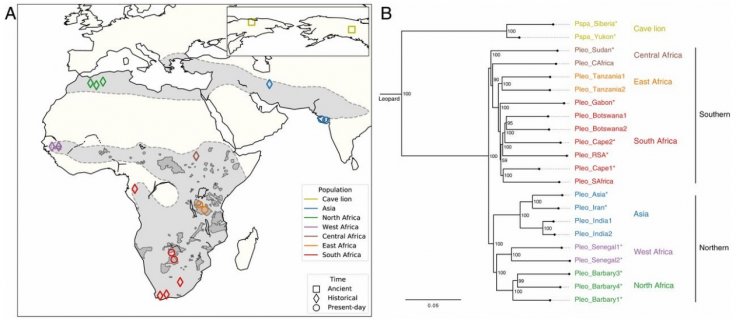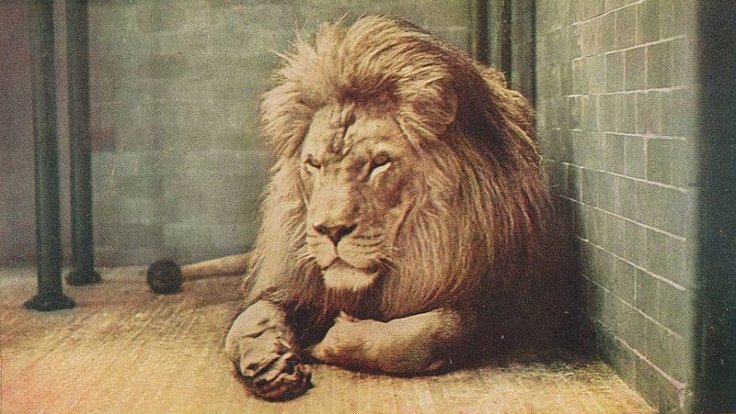Almost 30,000 years ago different types of lions used to roam around in the several parts of the world including Spain, Eurasia, modern-day Alaska and Yukon. Some of these large animals which used to be the inhabitants of America, Africa, the Middle East and India have disappeared from earth a long time ago.
Thanks to the development in the field of technology and science, experts have successfully sequenced the genomes of 20 individual lions, which includes long lost cave lions -- widely depicted in prehistoric cave art, to know more about the family of these big cats and to find out about their modern cousin who is also facing extinction.
The decline in lion population
Over the past 150 years, the population of African lions has declined by more than 20-fold to less than 25,000 and the major reasons are hunting and loss of habitat. To save the declining population of these big cats, a team of international scientists started the study to find out details from those genetic data of 20 lions, which also include 30,000-year-old cave lions preserved in permafrost in Siberia and the Yukon.
As per the study, which was published in Proceedings of the National Academy of Sciences researchers found that the cave lions did not interbreed with other types of lions. The scientists said they also discovered that Asiatic lions split off from their ancestors about 70,000 years ago.
The co-author of the newly published study Ross Barnett, a geneticist with the University of Copenhagen said that their paper looks into "the past to inform the future," and in that case "If you were to just look at the lions around today, you'd miss the story."
The finding of big cats

It should be noted that as per the study it can be believed that African lions radiated out of the continent over a series of migrations, says Barnett. The paper suggested that it was the cave lions which came first splitting from their African ancestors about 500,000 years ago.
But the genetic analysis by the international researchers has revealed that cave lions and ancestors of today's African lions did not interbreed. As per the co-author of the study, Marc de Manuel from Institute of Evolutionary Biology in Barcelona this finding is not matching with previous information as most of the big cats are known to occasionally mate when given the chance. Then scientists noticed that there is something else, apart from the geographical differences that are preventing them from mixing.
As per Barnett, since cave lions did not have manes that female African lions recognize as important signals of fitness and virility, the interbreeding could have been disrupted because of this issue. He said it is possible that at that time other types of lions did not consider the cave lions as possible mates.
The scientists said that another migration and separation in big cats took place when the ancestors of Asiatic lions, which once used to be in Saudi Arabia and India, separated around 70,000 years ago.

A research scientist with Nova Southeastern University Steve O'Brien said that the result of conservation efforts which helped to expand the population of this species, the Asiatic lions have malformed sperm and testosterone level has become about 10 times lower than those of African lions. In this case, Barnett said that it may be required to introduce fresh genes into the population if more genetic diversity is lost in these big cats.
For this new study, scientists have collected genetic information from Barbary lions of North Africa; Middle Eastern lions; and Cape lions of South Africa- all of these extinct lineages showed slight variations in appearances, but the new genetic data showed that they are not different species. The paper suggested that the Central African lions may be more related to East and Southern African lions, but to confirm this fact more study is required.
The paper reveals that North African lions, called Barbary lions which are extinct today, had relatively healthy levels of genetic diversity before disappearing from the earth. It suggested that the extinction took place quite quickly during evolution.
However, this study also indicated the need for the large protected areas of contiguous habitat that will help to flow the genes and protect these animals from hunters, as well as the urgency to conserving today's lions and protecting against future losses.









